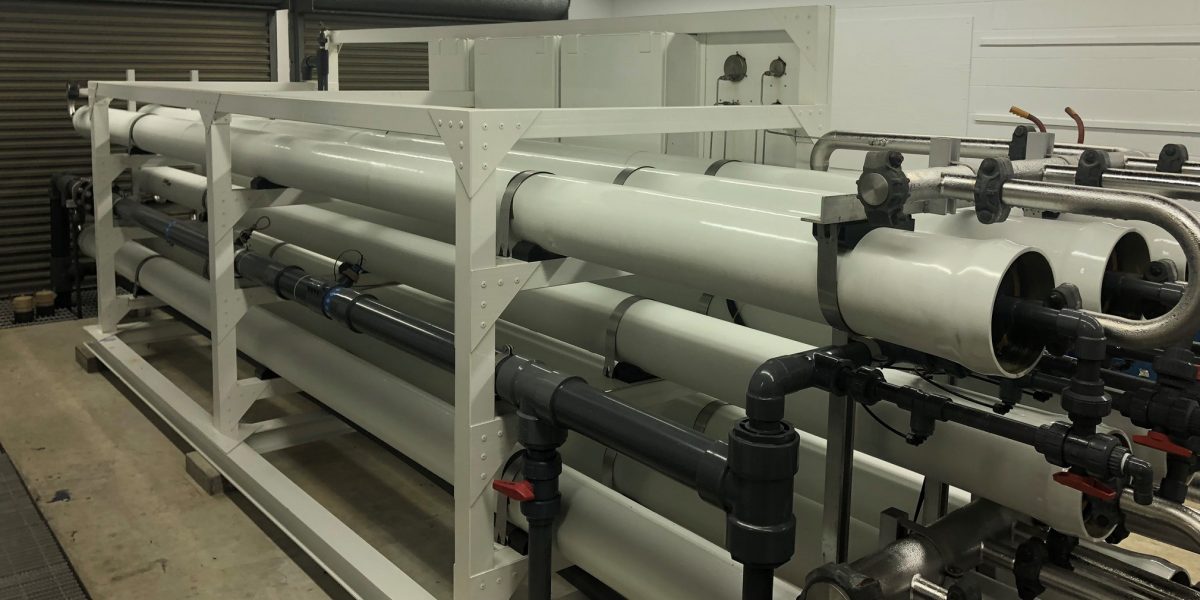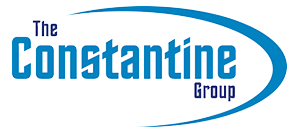
Hastings WTP Reverse Osmosis Water Treatment Plant Membrane Replacement
St. Johns County Utility Department, FL
Constantine Engineering performed professional engineering services for the analysis for the Hasting’s Reverse Osmosis Membrane Water Treatment Plant (WTP) for St. Johns County Utility Department. The goal of the project was to improve wells, redesign the acid feed system, optimize the RO treatment, optimize the H2S removal and improve the disinfection system high service pumps. The Hastings WTP improvements in St. Johns County includes two water supply wells, antiscalant and H2SO4 for pH reduction followed by RO treatment, forced draft aeration for H2S (and CO2) removal, prestressed tank for water storage and high service pumping.
Constantine performed a Reverse Osmosis membrane evaluation including recommendations for membrane cleaning and/or replacement. Constantine reviewed water quality sampling data from each well for TDS and sulfide/sulfate concentrations. In addition, the LI and CCPP was calculated to consider the scaling potential for the water from the two wells. Constantine prepared a technical memorandum (TM) that included an evaluation of the membrane performance and desired operating parameters, as well as recommendations for cleaning, antiscalant, and acid feed.
Constantine developed a second TM to summarize the chemical feed systems evaluation with recommendations for improvements. This task included evaluation of the storage tank and metering pumps for the antiscalant and sulfuric acid, the feed point and mixing systems for the chemicals (before RO), and the disinfection system storage tank and metering pumps and feed/mixing systems. Recommendations for improvements to the chemical storage tanks, metering pumps and feed/mixing were developed for this TM.
Constantine developed a third TM to summarize the degassifier performance evaluation with recommendations for improvements. This TM included and evaluation of the removal efficiency at the degassifier to ensure that the pH adjustment with sulfuric acid upstream of the RO units is optimized for hydrogen sulfide stripping. In addition, the existing aerator (to increase the DO in the concentrate) were evaluated and recommendations for improvements made.
The Reverse Osmosis (RO permeate) water quality parameters such as chlorides, TDS, etc. were established, as well as blended water (blended raw and RO permeate) and concentrate water quality parameters.
Constantine reviewed current RO feed pump characteristics (flow and head regimes) with a view towards the operating ranges for the new membranes; historical membrane performance trends for the current membranes (pressure, reject, cleaning cycles, etc.); and current membrane configuration and verify the number of passes with a view towards using the same skids.
Constantine developed selection criteria and used these criteria to identify and review available membranes in the market to identify three (3) qualified suppliers. The selection criteria for the new membranes included pretreatment requirements, recovery efficiency, operating pressure, chloride rejection, TDS rejection, metal salts performance, etc. Constantine provided a detailed analysis of shortlisted membranes and a further evaluation of performance using feedwater pressure, permeate and reject efficiencies, and overall lifecycle cost.

